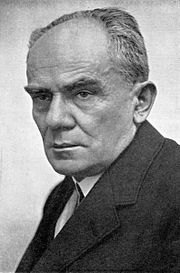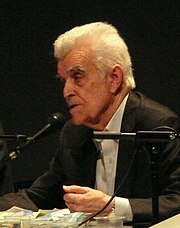Design
Design
Personality
Chart Properties
Your Cross represents the specific theme of your life. This cross embodies your unique potential & the lessons you're here to learn, providing a roadmap to fulfilling your life purpose.
We use the UTC birth time and date to do the calculations required to generate your Human Design chart.
Buy Tokens
Pay as you use, no expiry and no subscription required.Prompt Ideas
Get inspired with some epic prompt ideas.Herbie Hancock's Biography
American musician and composer. One of the leading jazz pianists of his generation, Hancock skyrocketed to fame in 1962 with his debut album “Takin’ Off,” which included his signature hit song “Watermelon Man.” A two-time Grammy winner, Hancock was soundtrack composer of the critically acclaimed Oscar-winning film “Round Midnight” in 1986.
Herbie grew up on the South Side of Chicago, one of three children of homemaker Winnie Griffin and grocery clerk Waylon Hancock. The boy proved such an excellent student he often skipped grades prompting Mother Winnie, who poured all of her seething ambition onto her children, to buy a piano for $5.00 in a church basement sale for her bright seven year old boy, who would rather experiment with sounds than go outside to play. By age 11, Herbie performed the first movement of Mozart’s Concerto in D minor in a young people’s concert with the Chicago Symphony. Winnie then pushed her son to play in the high school orchestra and then to earn a practical degree in engineering at Grinnell College in Iowa. As his first and most important mentor, Mother Winnie was the moving force behind a gifted yet somewhat lackadaisical talent. “Everybody in my father’s family thought she was crazy, too high falutin.’ But my mother gave us hope.”
While attending Grinnell, Hancock switched his major to music. By 1960 he was playing piano in local Chicago clubs when his big break came. Trumpeter Don Byrd needed a jazz pianist at the last minute to fill in for one who was delayed by a blizzard. A friend recommended Hancock – and the one night stand became a permanent job. Later Byrd helped Hancock get a contract with the “Blue Note” record label where Hancock launched his recording career with “Takin’ Off in 1962. Mentor Byrd then recommended Hancock to jazz giant Miles Davis, who hired him to play in his legendary quintet and introduced him to the electronic piano. By the time he left Davis in 1968, Hancock and other Davisite pianists legitimized the electronic keyboard and changed the face of pop music. After Hancock released his 1974 album “Headhunters,” which featured a dance floor hit “Cameleon,” jazz purists disowned him with decidedly mixed reviews. “I decided I could never be a genius in the class of Miles, [Charlie] Parker or Coltrane,” he said, “So I might just as well forget about becoming a legend and just be satisfied to create some music to make people happy.”
Continued success followed with soundtracks for the films “Death Wish,” “A Soldier’s Story” and “Jo Jo Dancer, Your Life Is Calling.” Other successful progressive jazz LPs include “Dedication,” 1974 and “Village Life” 1985.
Braving all critics, Hancock transcends trivia with his beloved philosophy of Nichiren Shoshu Buddhism which he has devoutly practiced for 26 years, chanting twice a day at the rosewood altar in his home. After marrying East German born wife Gigi in 1968, their daughter Jessica was born in 1970. The Hancock family make their home in Hollywood, CA.
Link to Wikipedia biography
Herbie Hancock
Your Cross represents the specific theme of your life. This cross embodies your unique potential & the lessons you're here to learn, providing a roadmap to fulfilling your life purpose.
We use the UTC birth time and date to do the calculations required to generate your Human Design chart.







